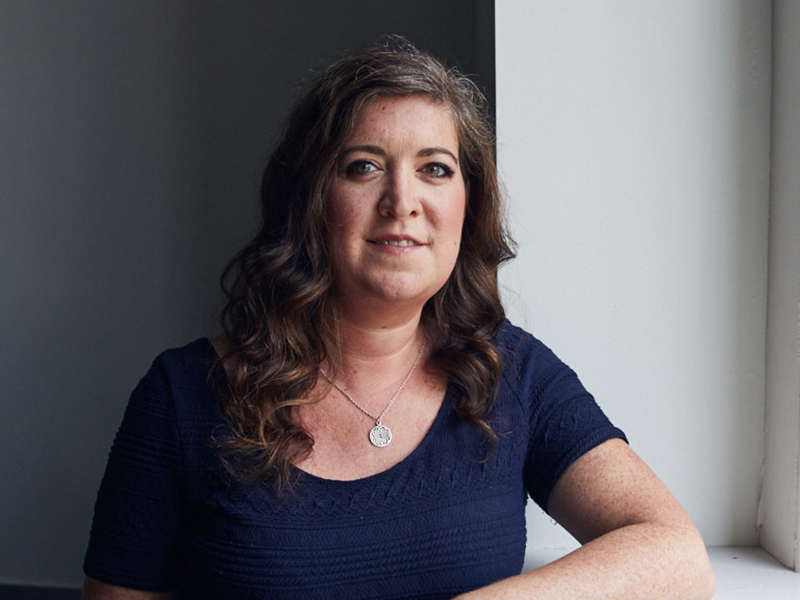

Looking back over years of momentous corporate bankruptcies and their impact on defined benefit pension plan members, the current fervor around Sears Canada Inc. hardly seems to mark a new trend.
Before Sears, and even before Stelco Inc., there was Nortel Networks Corp. In 2009, when the multinational telecommunications company filed for bankruptcy protection in Canada and the U.S., it was the largest bankruptcy case in Canadian history.
While the case made headlines a year before I started writing about pensions, it hit close to home. After a 35-year career with Nortel, my father retired in February 2008. The DB plan had closed to new entrants in the mid-90s, but he opted to stick with it because of its higher value, including a transfer retirement allowance based on years of employment, as well as life and health insurance plans.
Read: Nortel pensioners face decision on payment options
When asked about the safety of the pension plan, Nortel’s human resources team said it was safe without providing details of the risks that were later realized by the bankruptcy. Further, the company was a market leader in technology and generally considered too big to fail.
On his retirement in 2008, my father received a monthly pension and TRA payments, as well as health, dental and life insurance plans. But less than a year later, Nortel declared bankruptcy protection and the impact on retirees and employees was immediate. My father’s TRA payments stopped and he lost 50 per cent of its value. His pension payments dropped by around 40 per cent — though Ontario’s pension benefits guarantee fund kicked in, so the decrease was closer to 30 per cent. And his health and life insurance plans were terminated.
It took nine years before most of the bankruptcy issues were settled, including Canadian creditors (and pension members) receiving about 50 per cent on the dollar, but the process has been very costly in terms of legal fees charged to the Nortel estate. It’s also been painfully gradual, but pensioners have now received about 95 per cent of the 50 per cent owed and they should see the full 100 per cent this year.
Nearly a decade later, Sears’ retirees are in a similar boat and the federal government is finally paying attention. In this month’s cover story, we take a look at the considerations for plan sponsors, members and retirees in light of the 2019 budget proposals around protecting corporate pensions.
Read: 2019 Top 100 Pension Funds Report: Deconstructing pension protection, promises and priorities
Among the suggested measures were the requirement for those involved in insolvency proceedings to provide courts a greater ability to review payments made to executives in the lead up to insolvency; the requirement for publicly traded, federally incorporated firms to disclose their policies around workers, pensioners and executive compensation, or explain why they aren’t in place; and a clarification in pension law that, if a plan is terminated, it must provide the same benefits as when it was ongoing.
These proposals are both ambitious and welcome. But ultimately, I think it’s also key to ensure people actually understand the nature of the pension promise. As Joe Nunes, executive chairman of Actuarial Solutions Inc., points out in our cover story, most people fundamentally misunderstand this concept. In Nortel’s case, the HR material wasn’t clear and the company’s “too big to fail” mantra was a fatal hubris its Canadian retirees could ill afford.
I agree with Nunes. A couple of years ago, while covering Canada Post’s proposed changes to its DB plan, I just couldn’t reconcile the union position to stick with the plan at all costs with the reality of the world we live in today, which requires a shared accountability between employers and employees. Of course, it’s commendable that senior postal workers are showing their support for the next generation, but this point of view is out of touch with reality.
Read: A primer on Sears Canada employees’ battle to protect their pensions
Everyone in the pension industry has a role to play in ensuring plan members understand the so-called “pension promise.” Certainly, in the private sector, the days of the paternalistic DB plan — like the one my father opted to stick with at Nortel — are over. I mean, just look at how that turned out for him.
I welcome any legislation that aims to protect pension members, but governments also need to focus more wholly on the defined contribution space. It’s the reality of today’s, and the future’s, retirement savings landscape, and plan members need the right tools to reach their retirements with confidence.
Jennifer Paterson is editor of Benefits Canada.
